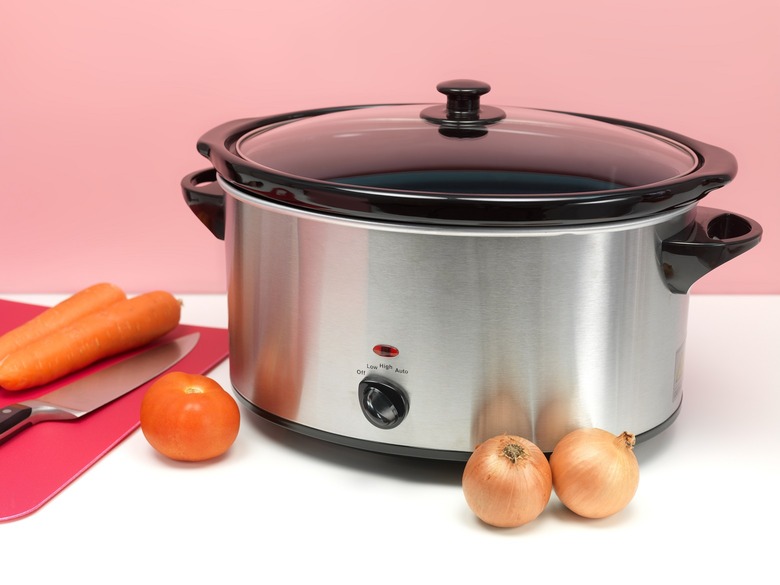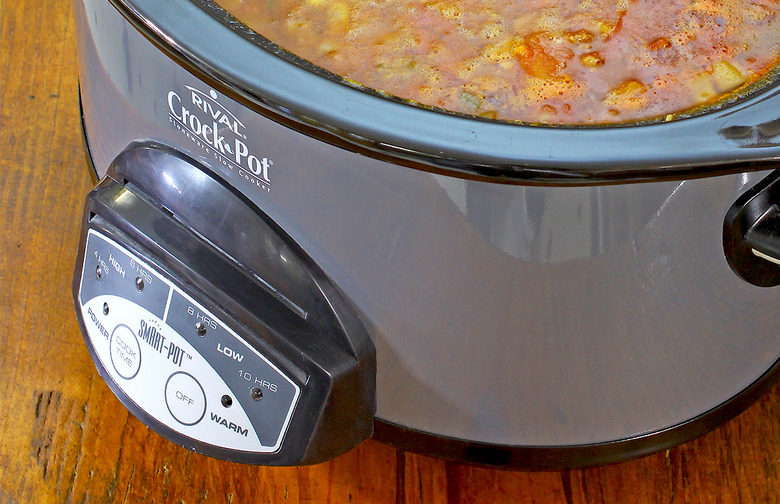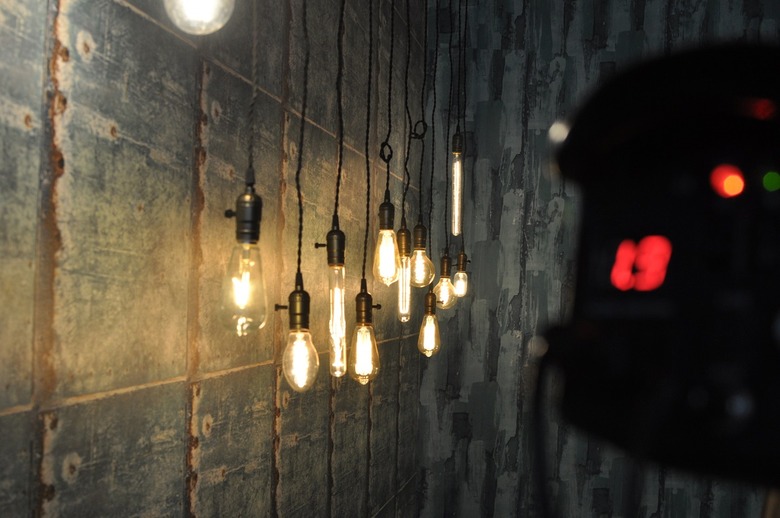11 Things You Didn't Know About Your Slow-Cooker Gallery
The slow-cooker has had anything but a slow history. After it first came to market in the '50s as Naxon's Beanery, thousands of slow-cookers were sold to families looking for an easy dinner idea. Its roots are deeply tangled in the religious practice of honoring the Sabbath, and have since evolved technologically, aesthetically, and functionally to help feed America for more than four decades.
These days the slow-cooker is the busy parent's best friend, a must-have appliance for families and single folk alike. The ability to "set it and forget it" means less time scrambling (figuratively and literally) over the stove for dinner and more time with the family and friends. But how much do you really know about this incredible appliance? Click on to learn 11 things you may not know about your slow-cooker.
The ‘First’ Electric Slow-Cooker Was Basically Just a Pot and a Burner
The Electric Bean Pot, introduced in 1952, was advertised as the "best" way to cook bean dishes like baked beans or chili. However, it did not differ that much from cooking on top of an electric range.
It Was Inspired by a Lithuanian Grandmother
You can trace the origins of the slow-cooker on paper all the way to 1936, but the truth is the inspiration for it came many years before that. Inventor Irving Naxon filed for a patent on a device that was inspired by his grandmother's cooking in Lithuania. By creating a cooking vessel with a built-in case, Naxon was able to perfect the slow-cooker for home chefs. He brought his perfected version to market in the 1950s.
It Was Meant to Emulate an Old World Sabbath Technique
Since Jewish families observed the Sabbath and did not cook on Friday nights or Saturdays, Naxon's family improvised. Following a time-honored Old World tradition, they would take their meal — a hearty meat and vegetable stew called cholent — to the local bakery and place it in the switched-off, but still warm, oven. As the oven cooled, their meal would cook, and could be picked up when the Sabbath was over.
The Crock-Pot Was Once Called the Naxon Beanery
Naxon brought his product to market in the 1950s as the Naxon Beanery and experienced moderate success. After being acquired by the Rival Company, it was rebranded as the Crock-Pot in the 1970s.
It Was Seen as a Tool to Maintain Work-Life Balance
As women began entering the workforce and the shift of gender roles began, Crock-Pots were enticing contraptions. They allowed mothers to maintain a semblance of work-life balance by making it possible to serve their families a piping hot meal after a hard day's work.
A Crock-Pot Has Pretty Much Always Cost $25
The first Crock-Pot, which cost a mere $25, came with an 84-page cookbook with over 150 recipes. This price has not risen much: some of the lower-tech, basic Crock-Pots still cost about that.
It Really Took Off During Energy Crises in the 1970s
Because the Crock-Pot draws about as much current as an incandescent lightbulb — much less than an electric oven — many families saw it as a way to save money on energy consumption during times of shortage.
Competition Was Intense
In the '70s, there were roughly 40 companies all making their own model of slow-cooker.
Everyone Has One
According to a study conducted in 2010 by Betty Crocker Kitchens, 80.6 percent of the homes in the United States own a slow-cooker.
Too Much Peeking Can Slow Things Way Down
Every time you remove the lid of your slow-cooker or Crock-Pot, all of the heat that has been slowly accumulating to reach the desired temperature is let out, reducing the temperature. Each time you lift the lid you need to add 30 minutes (!) to the cooking time, so try to resist the temptation no matter how wonderful it smells.
Crock-Pots and Slow-Cookers Are Not the Same Thing
While all Crock-Pots are slow-cookers, not all slow-cookers are Crock-Pots. Crock-Pot is a brand name.
For the Daily Meals 101 best slow cooker recipes, click here.











